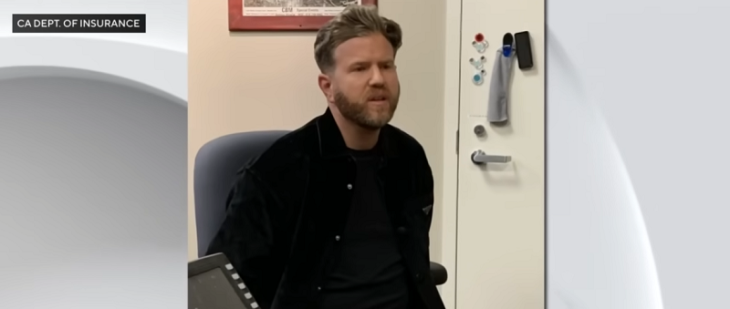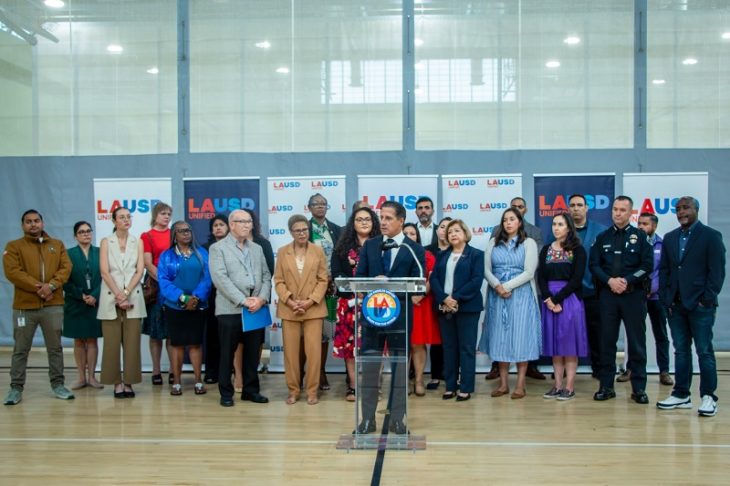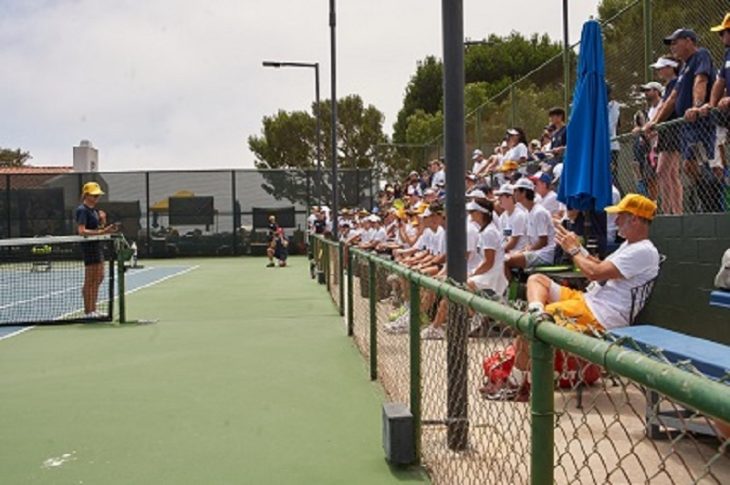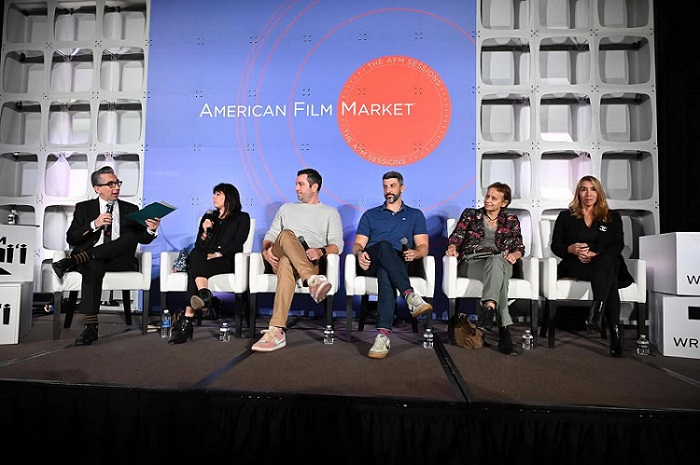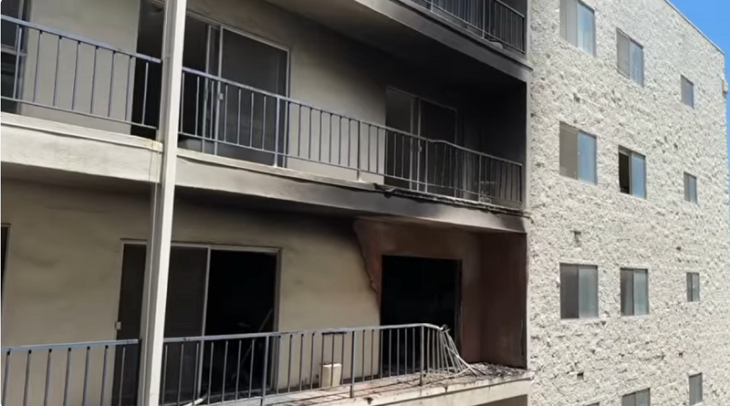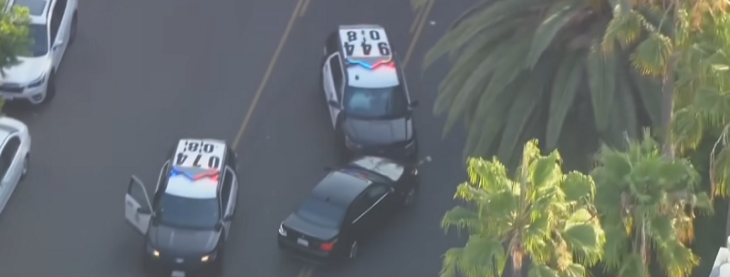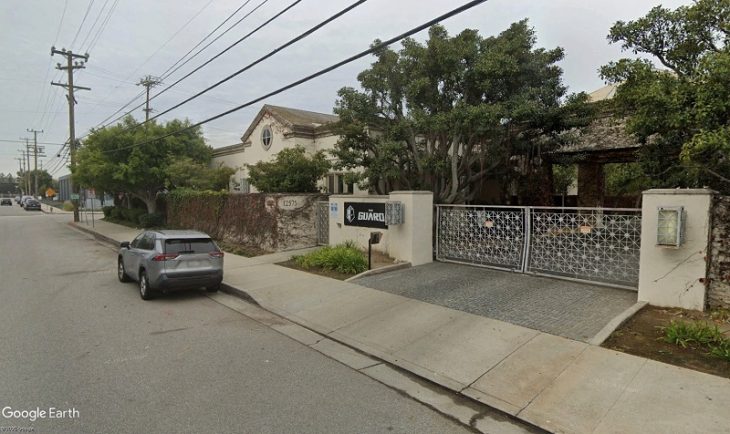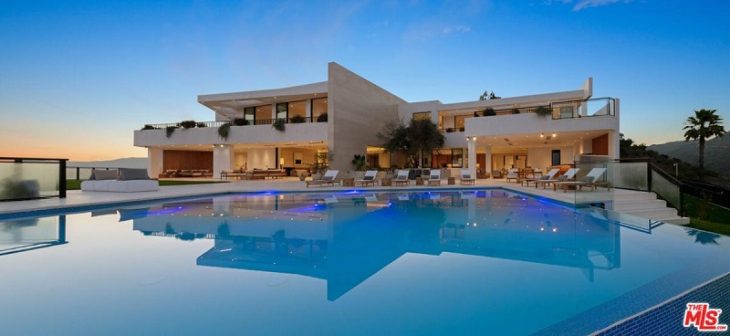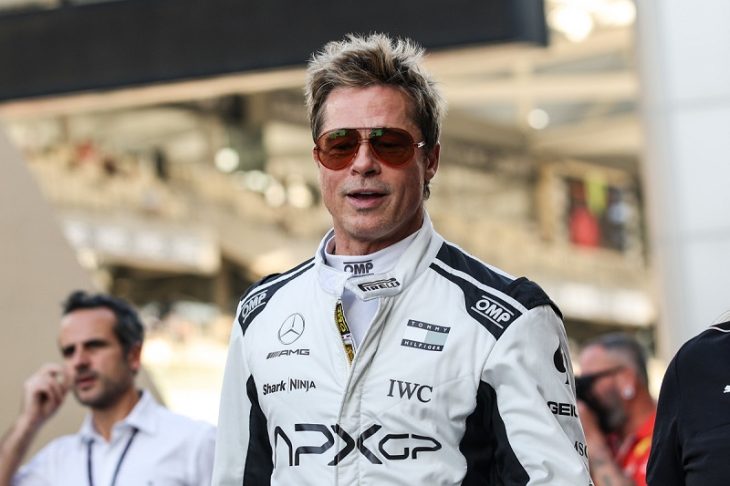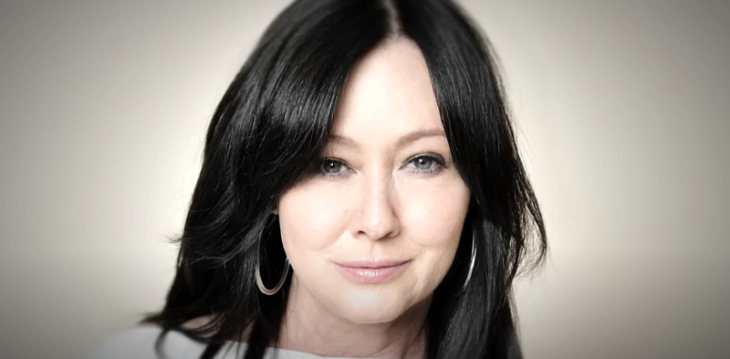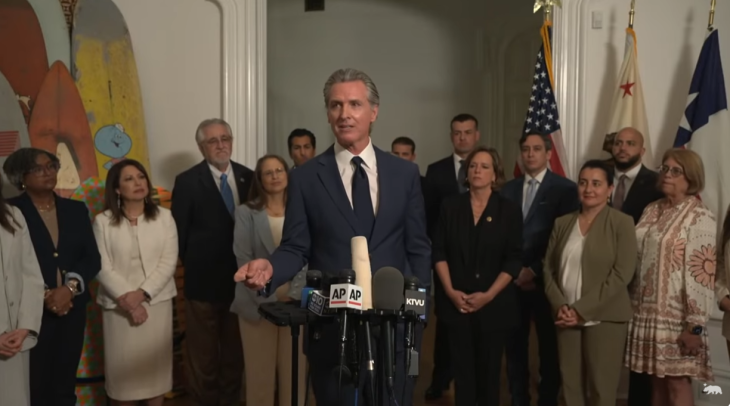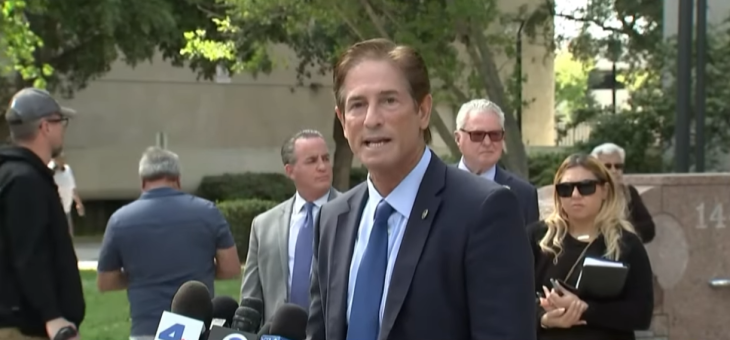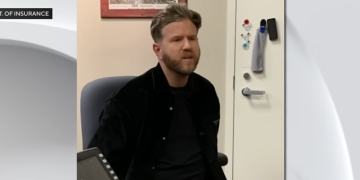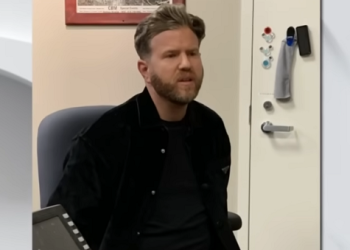
When Los Angeles Mayor Eric Garcetti is walking the halls of City Hall or when he is out singing the praises of the city he deeply loves, he says he holds onto a piece of advice from his father, Gil Garcetti, former LA District Attorney from 1992 to 2000.
“You’ve got to know who you are going into being an elected official, because it’s who you are going to be the day you leave,” Garcetti recalls his father’s words of wisdom. “Hopefully it’ll be on your terms; it might not be, but the voters have that say.”
In a recent sit-down interview with Westside Today, Garcetti gave insight into issues relating to the Westside.
CLICK HERE TO WATCH THE FULL SIT-DOWN INTERVIEW
Garcetti, who assumed office July 1, 2013, describes himself as someone who wants to lead by listening.
“I’m a pretty grounded person and I know about my love of LA and I know where I want to take that city,” Garcetti says.
At the same time, Garcetti says he’s also unafraid to go after “sacred cows.”
“You have to, whether it’s the LADWP (Los Angeles Department of Water & Power) or whether it’s every general manager who was supposed to inherit their job and never be asked to leave. We’ve changed some of those things early on to have a more accountable, more engaged leadership style here at City Hall. It’s not a contrast or criticism of my predecessor (Antonio Villaraigosa), it’s just a different way that I lead and I will continue to do that.”
Westside Today: What would you say you are most proud of since taking office?
Eric Garcetti: We’ve really set our eyes on two goals: trying to make City Hall work again and jumpstart our economy. Those two things, one inside this building and one outside. But making City Hall work really means getting back to the basics.
I’m proud that we’ve pursued reform in the Department of Water and Power. I’ve got a good contract being negotiated for the first time in many, many decades. We’ve gone in there with a new commission really looking at how we can shine the light into this most important utility that touches all of our lives.
We also had a great year last year. Crime was down for the eleventh straight year. The emphasis that we placed on not just crime suppression but crime prevention and intervention in young people’s lives in some of our toughest neighborhoods is really bearing fruit.
We had a great year for visitors. We had 42.2 million, a record. I want to establish 50 million as our goal by 2020. We’re investing in some of our core industries and seeing that lead some of our economic comeback. I think whether it’s the economy or whether it’s keeping a safe city, or reforming City Hall, we’re well on a pathway forward.
You are a big advocate of technology. Ridesharing apps such as Uber, Lyft, and Sidecar have been making headlines in recent times. Taxi companies are outraged but you are a big supporter. Are these apps/companies good for Los Angeles?
I want a level playing field, but I also don’t want to stop progress. It’s important to me that those folks that are disrupting the way we do anything have areas to innovate and not be held back, whether it’s the way we buy things now online or whether it’s the way we communicate through video conferencing.
Progress comes and you can either chase it or you can be at the front end of it. I think Los Angeles has always been and should be at the front end. It helps our economy. It helps our citizens that are here.
You know Uber, Lyft, Sidecar, those shared car services I think are important. The taxi industry should have the same tools at their disposal. I want to see all of them compete vigorously with good tools, making our lives easier and improving customer service. I just want to make sure that nobody is unfairly treated.
You are vice chair of the Metro Board of Directors and had the power to appoint three people to that board last July. Westside councilman Mike Bonin was one of them. Why did you select him?
Mike’s a great friend and a great representative. We’ve been colleagues for a long time here at City Hall and I was really pleased that he was elected. He was a strong supporter of mine when I ran for mayor.
Let’s face it. The Westside of Los Angeles has the most choked traffic anywhere in the city and arguably anywhere in this nation. It’s very important for me, not only given that condition, but also the investments we’re making like extending the Purple Line down Wilshire, bringing the Expo line all the way to the ocean, improvements to the 405, and I hope longer term better improvements to the Sepulveda Pass.
All of those hit the Westside. It’s very important for me to have a Westside voice, and as one of my appointments, Mike has done a great job.
Let’s talk about the Purple Metro line extension to West LA. There’s been much controversy over the Century City location stop. Do you have a position on that specific issue?
I do support the stop at Constellation and Avenue of the Stars. It makes the most sense, it’s the most central, but we want to make sure it’s done in a way that doesn’t endanger anybody or the Beverly Hills Unified School District. I’m confident that can be done.
You only get one chance to do these things right. I think we should put lines in the right places.
I think about the Red Line that was built years ago. There was supposed to be a stop at the Hollywood Bowl, but some folks didn’t want it and threatened to sue and all sorts of things.
Now you have get off at Hollywood and Highland, walk, get on a bus, and be in traffic. It was a real missed opportunity. I want to see us build the Purple Line right. I think the Constellation stop is the right place.
What do you think about the City of Beverly Hills’ opposition to the Purple Line’s route under Beverly Hills High. Do you think they are justified in their position?
I understand their concerns and I hope we can work them out. I’m pretty optimistic that we will in a way that will make sure those students are safe. Just because it’s a neighboring city, I care as much about those young people as I would in my own city.
I’m confident we can do that in a way. I know there’s a lot of behind the scenes discussions. I’m optimistic we can resolve it.
Can you speak about any more decisions that are being made this year for the Purple Line project?
This year a request for proposals will go out for design build contracts to actually start extending the Purple Line. The first piece won’t be in Beverly Hills, it’ll be extending out to La Brea, La Cienega and that corridor in between.
I think that will be very exciting for LA to get for instance a stop at Fairfax where there’s LACMA, the Petersen, and all these places where you can begin to see the real impact of having the Purple Line extend in this dense traffic corridor. It will make a huge impact on the quality of our lives, but I want to see that accelerated.
Let’s talk about film and TV. There’s been reports that productions are leaving to places where there are better tax credits. A lot of people who live on the Westside work in production and the film industry. What can you say can be done to keep that production here?
I think there’s been a real economic and personal impact. We’ve lost hundreds of millions of dollars of productions that don’t shoot here anymore. But there’s been a personal impact when an actor, or a producer, or a grip, or gaffer that has to leave town or leave their family or be separated from their spouse or separated from their children for long shoots in foreign places or other states.
I think California has been smart about its tax credit. It doesn’t go so far or so deeply that it takes money away from critical other services like schools or paving our streets. But it’s too small. It’s only $100 million. We get that money back … and then some into our economy. Then the state government gets that money back as well as local government. This year I’m hopeful that we can extend those tax credits to a larger amount, cover more production, especially television production and maybe even post-production which is increasingly leaving. And keep families intact, get our economy going, and make sure our signature industry stays.
There’s been a lot of talk about the LADWP regarding reform. How will Westside residents be affected by what’s happening?
I think everyone is affected by water and power. We get that bill and there’s a lot of things on the bill not just water and power, but other things that have passed on ballots in the past. For me it’s really important that this most fundamental service that we provide, the basics of life, we do it in a transparent way as possible. That we have good leadership and we find out where ratepayer money is going. That’s one of the reasons I authored the legislation, the ballot proposition, to establish a ratepayer advocate, which right now is a second opinion whenever there are proposed rate increases.
We know that rates will go up, people on the Westside will feel that. Seventy four percent of that is just because the state is mandating things that we have to do and the way that we generate power and the type of power we generate. But that last 26 percent – what can we do to keep those prices down? Are we being efficient? Are we investing in our infrastructure? Are we looking at being environmental stewards in an appropriate way?
I want to restore the luster of this department. I think we’re really lucky to own a public utility. Our rates are lower than the private utilities around us. I still think there is still greater efficiency and openness that we deserve.
Santa Monica Airport is a big issue on the Westside with the City of Santa Monica’s agreement with the FAA expiring next year. Where do you stand on the issue?
The City of Santa Monica obviously has primary municipal responsibility, but it affects so many Angelenos in surrounding neighborhoods. I’ve been at backyard BBQs with jets landing and it feels like they are landing in your backyard.
For me, there’s definitely concern of noise and pollution. I hope we can be a part of that process with Santa Monica. I think the FAA at the end of the day has the authority to say whether it stays open or closed. If it continues to stay open it has to be better mitigated in my mind. But it’s a legitimate question to ask whether or not we should still have an airport right there smack dab in the middle of all these communities.
At only 43 years old, you are the youngest elected mayor of Los Angeles in more than a century. What new approaches do you think you are bringing to city hall?
I’m a bit of a paradox because I have the rookie’s perspective, I think, of still being relatively young, but I’m the longest serving public official in City Hall. That’s given me the experience to understand where the bodies are buried and how this place works, not to spend two years getting up and running and learning the place.
That’s why I think we’ve hit the ground running. I think the perspective I bring is a Generation X-er. Technology is important in our lives and I want to apply that and see our general managers apply that across our operations to be more efficient.
I don’t see a Los Angeles that is on decline. I see it on the rise. I remember those days as a 13-year-old boy in 1984 when the Olympics were here. I want to bring back that luster, that international prestige, and the focus of the world that LA is a great place again. I was born at a time when LA was at its last peak and it inspires me to restore that now as Mayor.

